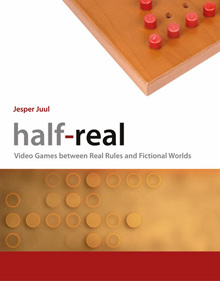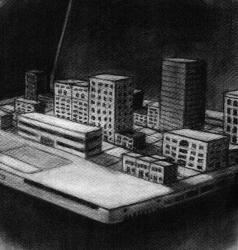Turner’s Minstrel, part 1
As mentioned in my previous post, the first publication about Minstrel appeared in the mid-1980s. The system was brought to completion over the course of a decade, resulting in Turner’s 1994 publication of The Creative Process: A Computer Model of Storytelling and Creativity. Over the first few years of Minstrel‘s development, some of the ideas at its foundation continued to evolve. Particularly, in Schank’s lab the model of dynamic memory and its adaptations was extended into the idea of “Case-Based Reasoning” (CBR). The basic idea of CBR is in some ways quite close to that of scripts: in the main people do not decide what to do in each situation by reasoning from first principles, but rather by drawing on previous knowledge. However, rather than suggesting that each of us has a “restaurant script” and a “sports event script” and so on, case-based reasoning assumes that we remember many cases, and reason from them — much as the learning of previous cases is formalized in legal and business education. (I’m adapting this account from 1989’s Inside Case-Based Reasoning.)


